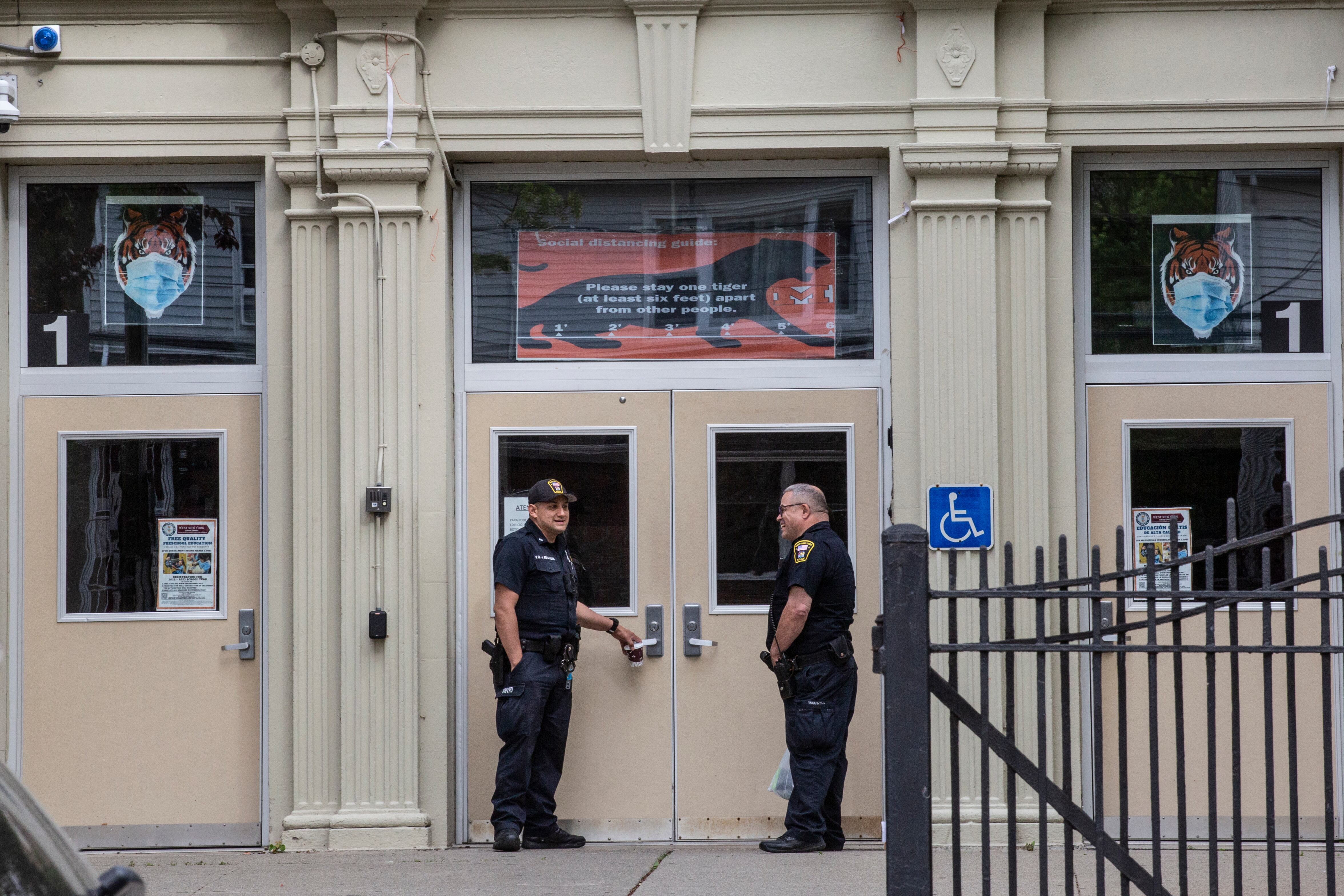Congress appears poised to respond to the Uvalde, Texas, school shooting, which gripped the nation’s attention and resulted in the deaths of 19 children and two teachers. A bipartisan bill, unveiled Tuesday evening, would add modest gun control rules and provide new funding for a bevy of mental health and school safety programs. It quickly gained support from 64 senators, clearing its first procedural hurdle in the usually gridlocked U.S. Senate.
The bill is Congress’ attempt to avert additional school shootings, and if enacted it will result in some schools getting a bit of extra money to support student mental health and bolster security.
Some education advocates said while they were dubious that such investments would have a direct effect on school shootings — which are high profile but rare — they welcomed the new funding.
“Having more money for school counselors, having more for school safety and health — those are good things,” said Anne Hyslop, director of policy development at All4Ed, an equity-focused advocacy group.
Here are the school-related aspects of the bill:
$1 billion for a broad array of efforts to “support safe and healthy students.” This money could be used in a number of ways including anti-drug programming, mental health services in schools, anti-bullying efforts, school-wide behavioral programs, and training for preventing school-based violence. This funding would be doled by states to “high need” school districts through a competitive application.
$1 billion for school-based mental health support. The money would be spread out in $200 million chunks in each of the next five years and can be used to provide training for and to hire counselors, social workers, and psychologists.
$300 million to bolster school security. This money would go to an existing grant program that was created by Congress in 2018 after the Parkland, Florida shooting. Grants could be used for safety measures including threat reporting systems, security training, coordination with police, and building security measures like metal detectors and locks. In recent years after prior school shootings, many schools have already bolstered security substantially.
$240 million for Project AWARE, which trains school staff to notice and address mental health challenges faced by students.
$50 million for summer and after-school programs for middle and high school students. This would go through an existing federal program known as 21st Century Community Learning Centers.
Codify the creation of a clearinghouse of “school-safety evidence-based practices.” Several federal departments would be in charge of working together to compile and publish “recommendations to improve school safety.” Notably, such a site was previously created after Parkland and still exists.
Ban the use of federal education funds to arm teachers or school staff. This has been an issue since Education Secretary Betsy DeVos said in 2018 that she would not try to stop federal funds from being used to buy guns. It’s not clear how many, if any, schools were using federal funds to do so, and this provision would not affect state-funded efforts to arm school personnel.
Advocates for this bill say the package of initiatives will reduce school shootings, although it’s far from clear how big of an effect it would have. The bill also features efforts to bolster mental health support for children outside of schools, as well as modest new gun rules, including expanding background checks for those between ages 18 and 21.
“Our legislation will save lives and will not infringe on any law-abiding American’s Second Amendment rights,” the bipartisan group of four senators said in a statement. “We look forward to earning broad, bipartisan support and passing our common sense legislation into law.”
Notably, the amounts of money for schools, while not trivial, are not massive either, considering that public schools already spend several hundred billion dollars every year. There are about 100,000 public schools in this country, which means $1 billion is enough to provide each one of them an extra $10,000 (although in practice this money would be targeted toward a small number of schools).
How would these funds affect a typical school? Ultimately, some number would be able to afford things like an additional school counselor or upgraded building security.
Matt Barnum is a national reporter covering education policy, politics, and research. Contact him at mbarnum@chalkbeat.org.




